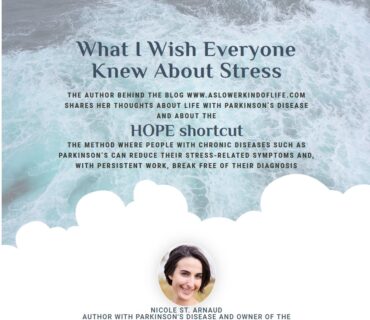Kimi Sand

The first to be trained in the HOPEshortcut methods for systematic symptom reduction
You will find her in the hope shortcut online course where she gives a demonstration on what relaxation sound files can do to relax you.
Today, many people are nervous about trying hypnosis because they are afraid that something may happen that they are not in control of, that the hypnotherapist can make them do something they do not want to do. But it is a misunderstanding.
Ask her anything. She is not shy.
During the hypnosis, the client is just relaxed but can hear everything going on and can interrupt the session in case of anything unpleasant.

relationship and HOPE therapist
Everyone has the right to live a life with lots of quality in it!
You do not have to go through it alone.
If the relationship misses sparkle and glow, do not give up.
By building a bridge with good tools for communication and lots of fun and exciting exercises, you can breathe life into a relationship where the embers are about to go out. You may have had many years together, and there is a lot to build on, do not throw it away, but get help to breathe fire into the embers again.
Most relationships have periods where the desire for each other can be more or less gone. Still, by becoming aware of all the good reasons you have for working on the relationship, you can experience that your relationship becomes more robust than ever before. Then it will be easier to live with the fact that there must also be room for everyday life, where you may remember to enjoy all the little things you do for each other.

But communication can be difficult, especially if you have built trenches and go and pick on each other. Then it can be almost impossible to spot love, but I can help with that.
With the help of various tools, you can find your way back to mutual love or find a dignified way to separate if that is what you agree. It is not always best to stay together at any cost, even if you have children together

Do something about what you are unhappy with, take control
- Family and relationship therapist 2017
- Hypnotist and hypnotherapy 2017
- A vaginal therapist from the School of Sexology 2016
- The elastic pelvic floor 2015
- Sexologist 2014
- Child treatment KST 2002
- Special training in the pelvic floor 2000
- Reflexology 1989
Interview with
Kimi Sand
Any change of people with chronic diseases start with giving new HOPE
- Nearly all unpleasant symptoms have related to stress. So that is why hypnotherapy works
- By reducing any old trauma, you will feel safer and will slowly reduce the related symptoms
You can also become better by opening up to mind and body connected more than we believe today.




